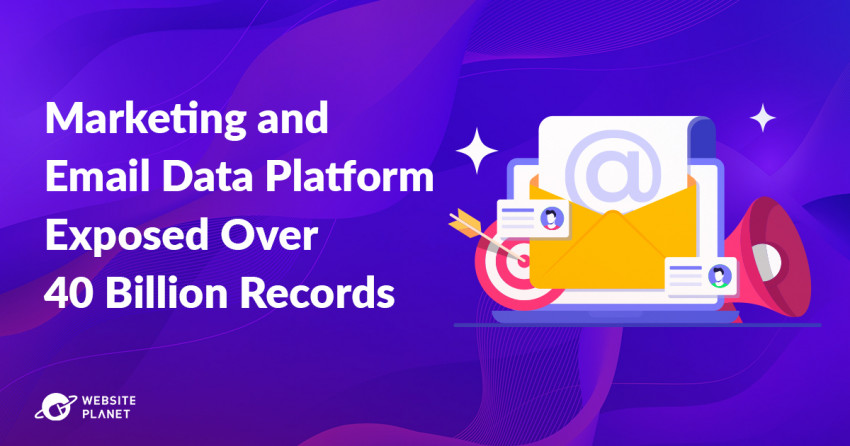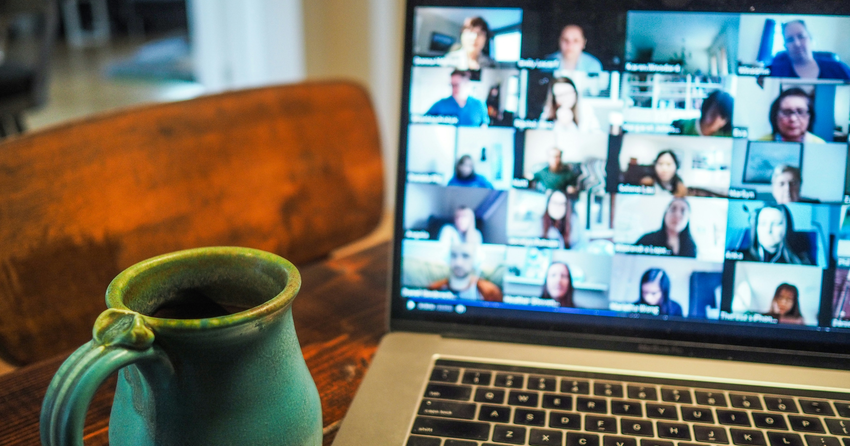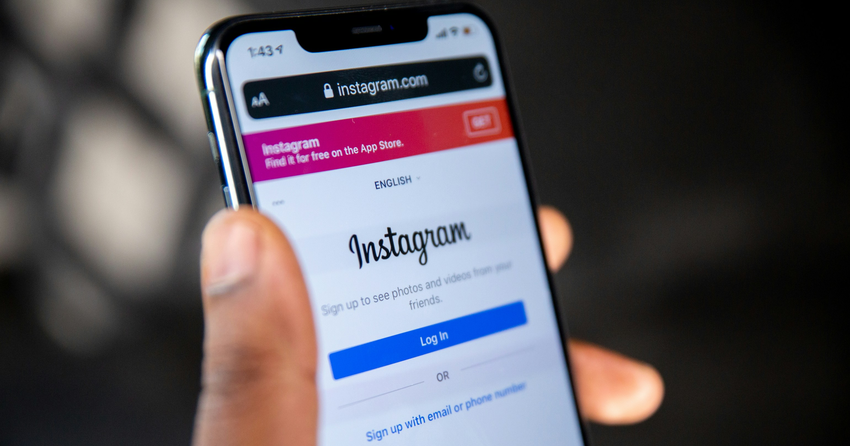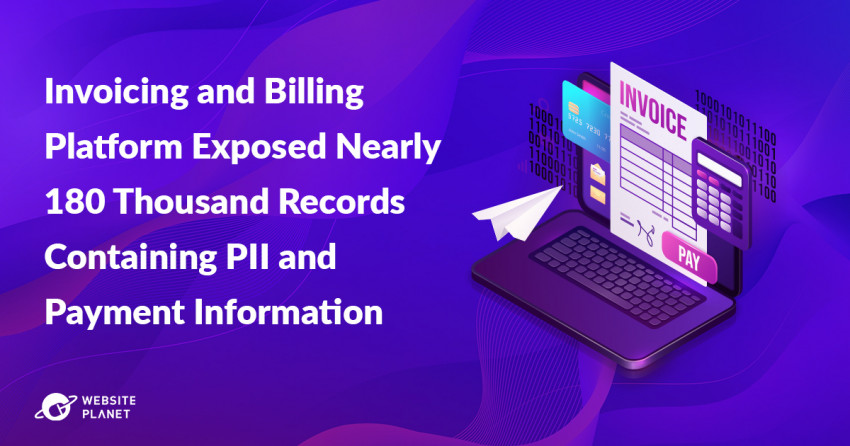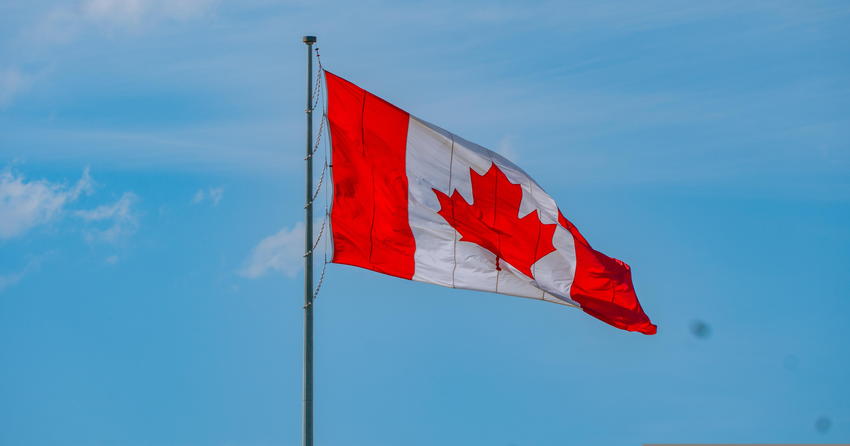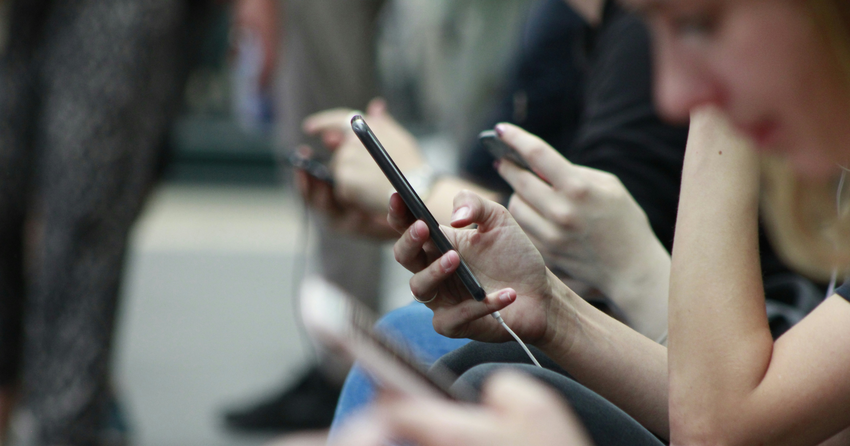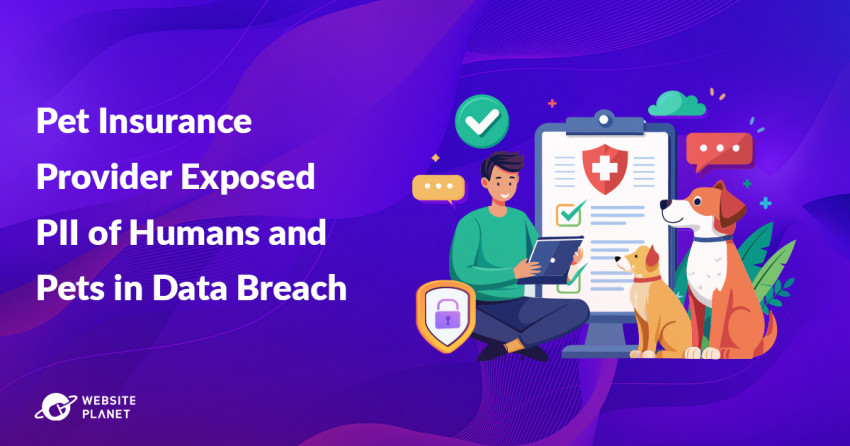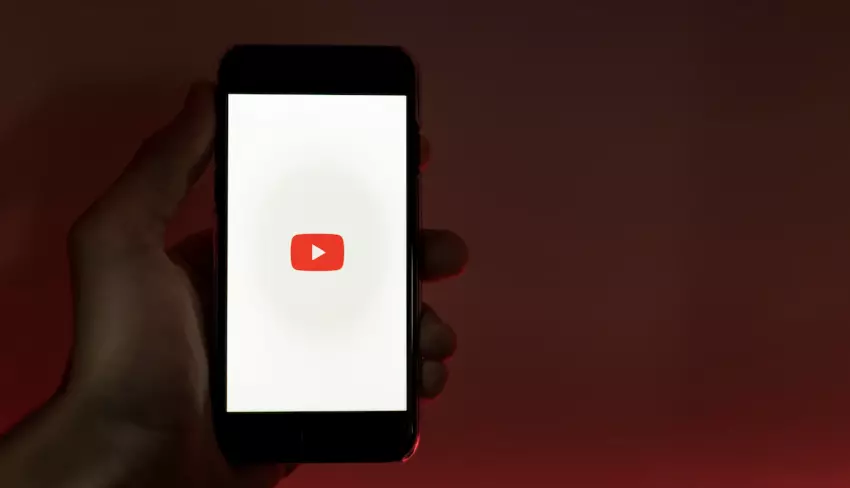
YouTube Makes Updates to Better Protect Teens
YouTube announced that it will be making updates to better protect teens using its application. It will change how it recommends content, increase the frequency for reminders to disconnect, and expand visibility on helpful content.
YouTube will limit repeat recommendations of videos categorized as potentially harmful for teens if viewed in repetition. The categories identified include comparisons of physical features or content that idealizes specific body types, fitness levels, or weight. The limited categories also include content that shows social aggression or intimidation.
“A higher frequency of content that idealizes unhealthy standards or behaviors can emphasize potentially problematic messages – and those messages can impact how some teens see themselves,” clinician and researcher Allison Briscoe-Smith explained.
YouTube will also be updating its Take a Break and Bedtime reminders that have been in place since 2018. It will set the default frequency to every 60 minutes and parents will be able to adjust the setting. The messages will also expand to cover the screen, making them more visually prominent. The changes are now in place for teens in the US and will roll out to more countries in 2024.
Finally, YouTube will expand its crisis resources panels. When a user searches for terms related to suicide, self-harm, and eating disorders, the new full-page resources panel will display crisis hotlines and search prompts such as “self-compassion” or “grounding exercises.”
The new pages were designed with input from experts to ensure they help users during times of acute distress. The updates are already available for all users, not just teens, in all countries where the crisis resources panels are available.
YouTube has implemented these changes with input from its Youth and Families Advisory Committee. The committee includes independent experts from various backgrounds that have helped YouTube better understand how the content teens consume online can impact their well-being.
Going forward, YouTube will work with the World Health Organization and Common Sense Networks to design publicly available resources to support the online well-being of teens, including recommendations on age-appropriate content and guidance to better help families create open discussions about what teens are seeing and posting online.


